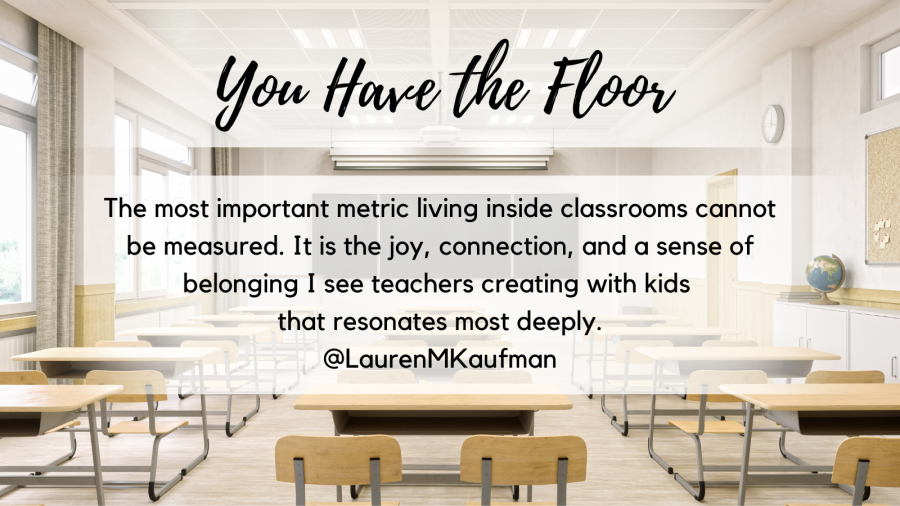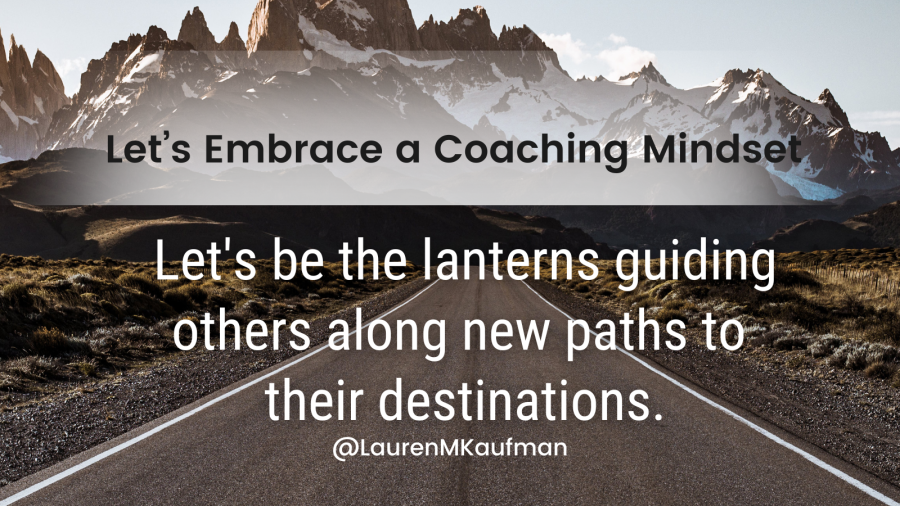There are several aspects about education that ignite my passion and inspire me to reflect on the leader I am continuously becoming. My primary focus lies with the most important stakeholders in our schools: our kids. Regardless of the role you are gifted to serve in, if you are in education, you are a leader …
Continue reading Coaching Leadership: Two Ways to Make Others Feel Truly Seen










